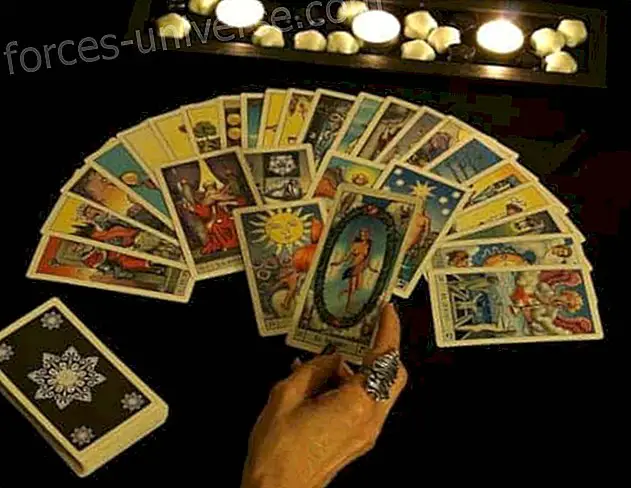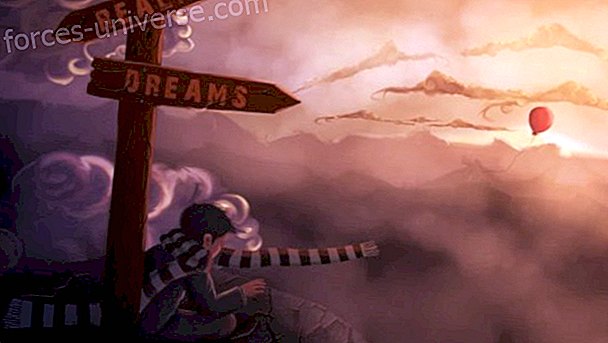Do you know what is the first museum in history ? For many it is a great stranger, but the truth is that it houses a wide culture in it. The Ennigaldi-Nanna museum was discovered in 1925 by archaeologist Leonard Woolley when he excavated a palace in Babylon and saw a collection of objects that caught his attention.
Ennigaldi-Nanna, the first museum is thousands of years old
Among its findings are a series of objects belonging to different places and times in the history of mankind. Knowing a little more about them has not been difficult because they were organized and labeled perfectly. This archaeologist was before the first museum known to the human being .

For those who wonder what the Ennigaldi-Nanna Museum is like, they should know that it is located in the current region of Dhi Qar, Iraq . Apparently, although it was discovered already in the twentieth century, the truth is that this center dates from the year 530 a. EC It was a museum managed by Princess Ennigaldi, daughter of the last king of the Neo-Babylon Empire, Nabonido .
How is the Ennigaldi-Nanna Museum
If the Plasma of Ennigaldi-Nanna is something, it is that the ancient Babylonians were submerged in an empire that collapsed on itself. But despite this, they knew how to keep alive their passion to meet and study other times of men .
The way in which Woolley discovered this museum tells it very well in his books. Apparently the man got a big surprise while digging in a Babylonian palace. The first thing he came across was a stone from the Kassita period, more than 3000 years old. In addition, he also saw a statue called Dungi, from 2058 BC, and clay tablets from 1700 BC.

Seeing that they were objects from different eras and countries, and that they were in a single place dating from the sixth century before the Common Era, he realized what he had discovered. It was before the first known history museum .
Wooley kept checking what he saw before him. He also discovered that the objects found there did not have a chronological order. But if they were labeled.
All this shows that man has had a passion for history and collecting since the origins of civilization. In addition, many centuries before it was discovered they performed the same rituals that are currently followed in conventional museums.
What was in the museum
Among Woolley's most surprising findings, there were several clay cylinders found in the chamber. Each of them was written in three different languages, including late Semitic. He cites one of those descriptions, along with a rather ironic assessment of what could be read. It was the following:
“These, ” he said, “are copies of bricks found in the ruins of Ur, the work of King Bur-Sin of Ur. While searching for the original plan [of the temple] the governor of Ur found, and I saw and wrote for the wonder of future viewers. The scribe, alas! He was not as wise as he thought. For his copies full of errors and almost unintelligible, but he certainly did his best, and in fact he gave us the explanation we wanted. The room was a museum of local antiques ... And the collection was this clay drum, the oldest known museum label, made 100 years before and maintained, allegedly along with the original bricks, as a record of Ur's first scientific excavation "
Undoubtedly, the excavator had discovered the first museum in history, the Ennigaldi-Nanna.
Seen on Vix, by Pedro, editor of the Great White Brotherhood






